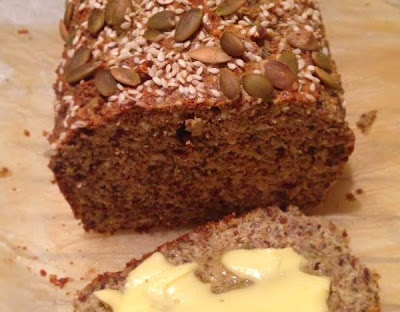Compression socks are unique stockings, specially designed to enhance
blood flow in the legs. Normally, blood should flow upward to the heart
but certain conditions can interfere with proper blood flow in leg
veins. This is one of the reasons why some people have swelling in their
feet and other related conditions. The stockings exert pressure on the
ankles thus enhancing blood flow up the leg and in the direction of the
heart. These socks come in handy in the market and are designed for
different body types and different functions.
Types of Compression stockings
Graduated compression socks are designed to help enhance blood flow in
patients with post thrombotic syndrome. This is a condition
characterized with pain in the legs because of a blood clot. The
stockings reduce swelling in the feet and to reduce pain in the leg.
Light compression socks are designed for use during pregnancy, when
travelling say, long flights or long distance travels. They prevent and
reduce swelling in the feet caused by poor blood circulation. The socks
prevent edema, leg cramps and vein thrombosis. They can also be used
efficiently by professionals who stand or sit down for long hours to
enhance proper blood circulation.
Recovery socks are designed for athletes. They enhance blood flow thus,
makes healing of an injured leg simpler and faster.
They can be worn
during and after training or a running session. They are quite effective
and reduce pain rapidly.
CW-x stocks are designed to support the ankle, calf and arch of the foot
Medical or moderate compression stockings are designed for use during
pregnancy. A pregnant woman can develop varicose veins due to pressure
exerted on the feet or veins. The socks therefore help to enhance normal
blood flow thus, preventing varicose veins and edema. They can also be
used after surgery.
The stockings are designed in a way that they exert a considerate amount
of pressure on the ankles, legs and feet. They compress the surface of
muscles, arteries and veins to enhance blood circulation. As a result,
more blood will be pumped back to the heart leaving less blood to be
collected in the legs or feet. By wearing the socks, you will reduce
pain in the legs, chances of developing edema and varicose veins among
other related conditions. However, the socks come in handy and it is
imperative to choose the right ones for you.
Choosing perfect socks
It is imperative to define needs and settle for stockings that address
your needs best. This depends on your health status, sporting needs or
simply stockings that help you when travelling.
Consult a physician for
better advice on the best socks to enhance proper blood flow and general
health of your feet and legs. Choose socks that fit you perfectly well
to ensure they exert the right pressure on the feet. Note that tight
socks can cause harm and aggregate your condition. Therefore, take time
to choose fitting socks
Damian @ufitnhealthy

















